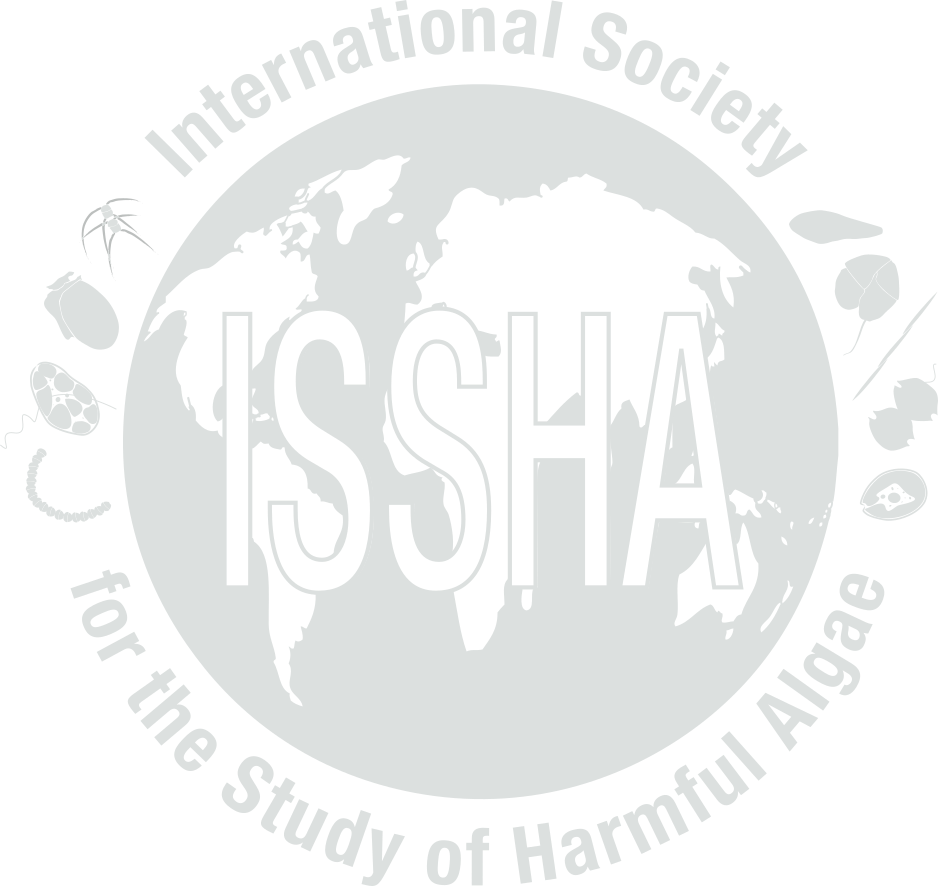


| Event name: | PT-98-001 | |
| Country: | PORTUGAL | |
|
Nature of the harmful event: |
Seafood toxins | |
|
Event directly affected: |
||
| Toxicity detected: | Yes (Approximate range: 92 µg OA/ g) | |
| Associated syndrome: | DSP | |
| Unexplained toxicity: | No | |
| Species implicated in toxin transmission (transvector): | ||
| Report the outcome of a monitoring programme: | Yes | |
| Event occurred before in this location: | Yes (Since 1987, the first year of confirmed occurrence, the problem has occurred every year, with a break in 1993. This year the most affected area was Algarve.) | |
| Individuals to contact: | SAMPAYO, Mª Antonia , VILARINHO, Mª da Graça | |
| Location: | Latitude: , Longitude: | |
| General location information: |
Minho Estuary., HAB Area code(s): PT-01 |
|
| Additional location information: | ||
| Bloom event dates (yyyy/mm/dd): |
Event Date:1998-09-22 |
|
| Quarantine levels dates (yyyy/mm/dd): | ||
| Additional date-related information: | August-November. | |
| Causative organism known: | Yes | |
| Causative Species/Genus: |
Dinophysis acuminata
(917 cells/L)
September 9 |
|
| Co-Ocurring Species/Genus: | ||
| Chlorophyll concentration, if known: | µg/l | |
| Additional bloom information: | ||
| Event-related bibliography: | ||
|
||||||||||||||||||||||||||
| Nutrient information: | ||||||||||||||||||||||||||
| Temperature Range During Event: | Max: 19 °C, Min: 15 °C | |||||||||||||||||||||||||
| Salinity Range During Event: | Max: 37, Min: 24 | |||||||||||||||||||||||||
| Bloom location in the water column: | ||||||||||||||||||||||||||
| Growth: |
Advected
In situ |
|||||||||||||||||||||||||
| Growth Comments | Probably | |||||||||||||||||||||||||
| Additional Environmental information: | ||||||||||||||||||||||||||
|
||||||||||||
| Kit used: No | Type of kit used: | |||||||||||
| Additional information: | ||||||||||||
| Economic losses: | ||||||||||||
| Management decision: | Harvest of affected areas closed during toxication. | |||||||||||
| Additional harmful effect information: | DSP toxins were determined both by the mouse bioassay and through HPLC | |||||||||||
